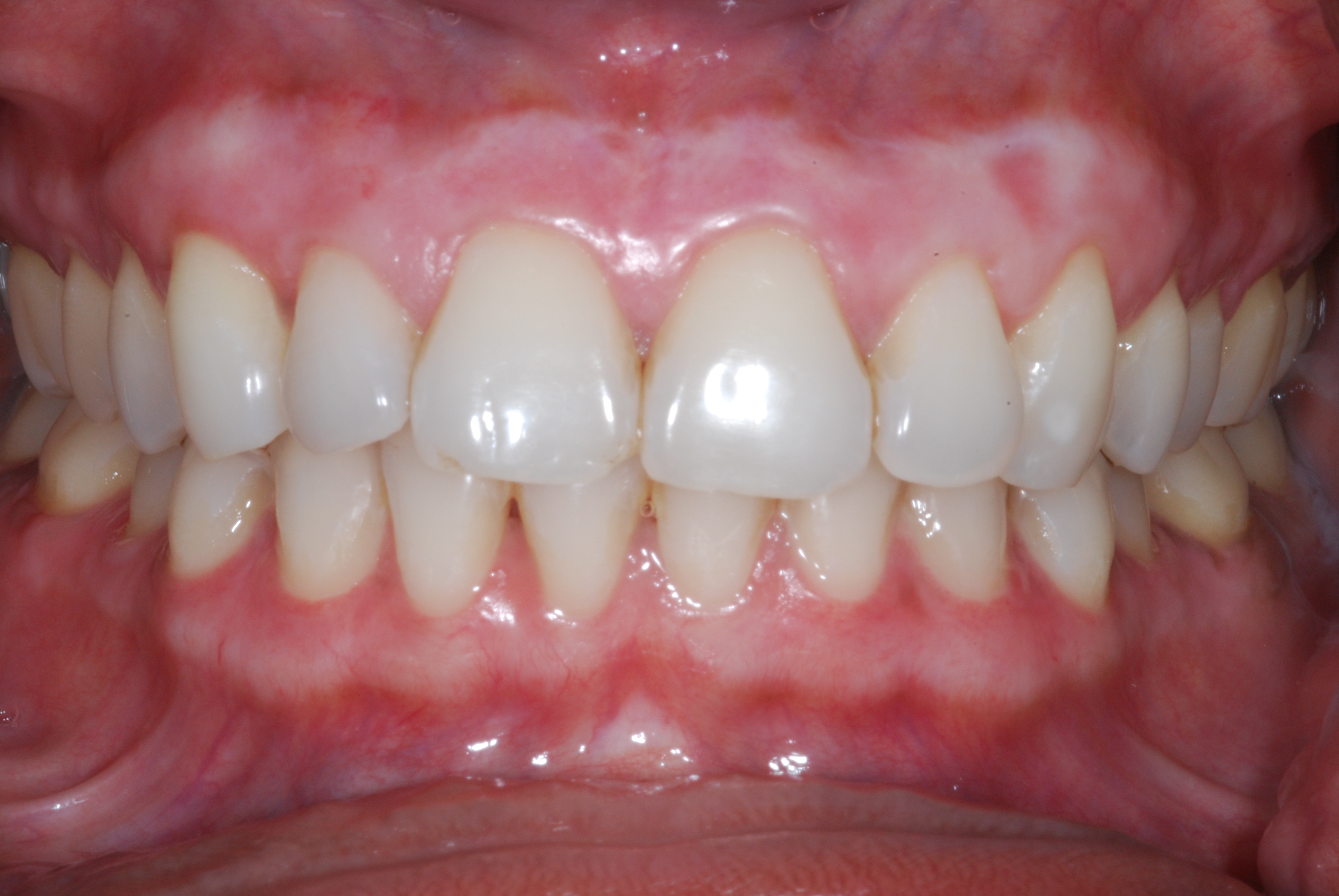What Causes White Spots After Whitening? Fixing Teeth

The pursuit of a dazzling, white smile is a common goal for many, with teeth whitening being a popular cosmetic dental procedure. However, some individuals may experience an unexpected outcome after undergoing teeth whitening: the appearance of white spots on their teeth. These spots can be a source of concern, affecting the aesthetic appeal of the smile and potentially indicating underlying issues. Understanding the causes and addressing these white spots is crucial for maintaining optimal oral health and achieving the desired smile.
One of the primary causes of white spots after teeth whitening is the overly aggressive application of whitening agents. Teeth whitening products contain hydrogen peroxide or carbamide peroxide, which break down stains on the tooth surface. While these chemicals are generally safe, excessive use or high concentrations can lead to an imbalance in the tooth’s mineral composition, causing white spots. These spots are often a sign of mineral loss, particularly calcium, which is essential for maintaining the tooth’s enamel health and color.
Another factor contributing to the appearance of white spots is the existence of pre-existing conditions such as fluorosis. Dental fluorosis occurs when too much fluoride is consumed during the formation of teeth, leading to discoloration, including white spots. While teeth whitening can enhance the overall color of the teeth, it may also make existing fluorosis more noticeable, as the whitening agents can accentuate the contrast between the healthier parts of the tooth and the areas affected by fluorosis.
The structure of the tooth itself can also influence the appearance of white spots after whitening. Teeth are made of enamel, dentin, and pulp. Enamel, the outermost layer, is semi-translucent and protects the tooth. Dentin, beneath the enamel, is denser and less translucent, and its color can affect the overall appearance of the tooth. In some cases, the dentin may be more visible in certain areas, especially after whitening, giving the impression of white spots due to the contrast between the whitened enamel and the less translucent dentin underneath.
Furthermore, the process of teeth whitening can sometimes exacerbate conditions such as enamel hypoplasia. Enamel hypoplasia refers to the incomplete formation of tooth enamel, leading to areas of the teeth being more susceptible to decay or discoloration. Whitening agents may penetrate these areas more easily, causing uneven whitening and the appearance of white spots.
Addressing white spots after teeth whitening requires a multi-faceted approach. Initially, it’s essential to consult with a dental professional to determine the cause of the white spots. If the spots are due to mineral loss or other reversible conditions, using fluoride mouthwashes or applying fluoride varnishes can help remineralize the tooth enamel and reduce the visibility of the spots.
For individuals with fluorosis or enamel hypoplasia, more specialized treatments may be necessary. In some cases, dental bonding or veneers can be applied to cover the affected areas, improving the appearance of the teeth. These procedures involve attaching a tooth-colored resin or a thin layer of porcelain to the tooth, respectively, to conceal imperfections.
Prevention is also a key component in managing the risk of white spots after teeth whitening. This includes following the recommended use of whitening products, maintaining good oral hygiene practices, and scheduling regular dental check-ups. Additionally, for those considering teeth whitening, it’s crucial to undergo a thorough dental examination beforehand to identify any pre-existing conditions that could affect the outcome of the procedure.
In conclusion, the appearance of white spots after teeth whitening can be caused by a variety of factors, including the overuse of whitening agents, pre-existing conditions such as fluorosis, the natural structure of the teeth, and conditions like enamel hypoplasia. By understanding these causes and taking proactive steps, including consulting with dental professionals and adopting preventive measures, individuals can address these spots effectively and achieve a healthier, more vibrant smile.
What are the common causes of white spots after teeth whitening?
+The common causes include overly aggressive application of whitening agents, pre-existing conditions like fluorosis, the natural structure of the teeth, and conditions such as enamel hypoplasia.
How can white spots after teeth whitening be addressed?
+Addressing white spots requires a consultation with a dental professional to determine the cause. Treatments can include remineralization with fluoride for mineral loss, and for more complex conditions like fluorosis or enamel hypoplasia, dental bonding or veneers may be recommended.
Can white spots after teeth whitening be prevented?
+Prevention involves following the recommended use of whitening products, maintaining good oral hygiene, scheduling regular dental check-ups, and undergoing a thorough dental examination before considering teeth whitening to identify any pre-existing conditions.

